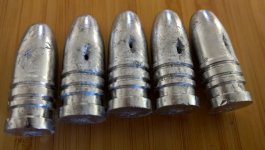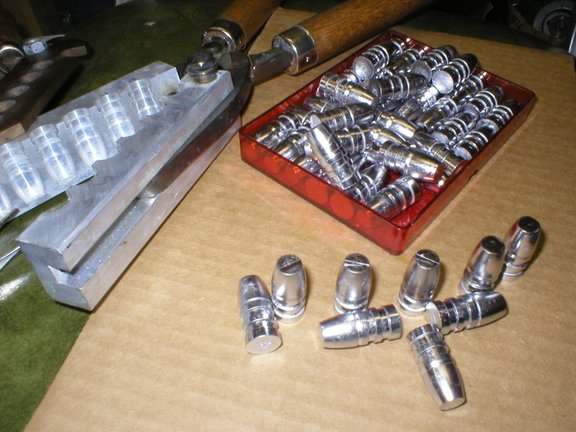Hey guys,
I'm starting to cast some bullets for my martini henry, a bloody expensive project to get this thing shooting for sure, but I'm learning lots and having some fun.
I do have a question for those with more experience than I do (and yes I have tried the search function)
I set up my bottom pour pot, put some 20:1 lead in it, got everything heated up and started pouring some bullets.
I noticed while taking a wee break that some of the bullets had a void in them, or had what looked like a dent in the side. closer examination showed that these holes were happening along the seam where the two halves of the mould meet.
I did manage to get a few (about a third of them) good looking bullets of consistent weight.
My question is what am i doing wrong?
is it the temperature of the alloy? the mould?
is it the rate of flow?
something wrong with the mould itself?
Thanks for the help and any insight you more learned folks may be able to offer.
I'm starting to cast some bullets for my martini henry, a bloody expensive project to get this thing shooting for sure, but I'm learning lots and having some fun.
I do have a question for those with more experience than I do (and yes I have tried the search function)
I set up my bottom pour pot, put some 20:1 lead in it, got everything heated up and started pouring some bullets.
I noticed while taking a wee break that some of the bullets had a void in them, or had what looked like a dent in the side. closer examination showed that these holes were happening along the seam where the two halves of the mould meet.
I did manage to get a few (about a third of them) good looking bullets of consistent weight.
My question is what am i doing wrong?
is it the temperature of the alloy? the mould?
is it the rate of flow?
something wrong with the mould itself?
Thanks for the help and any insight you more learned folks may be able to offer.


